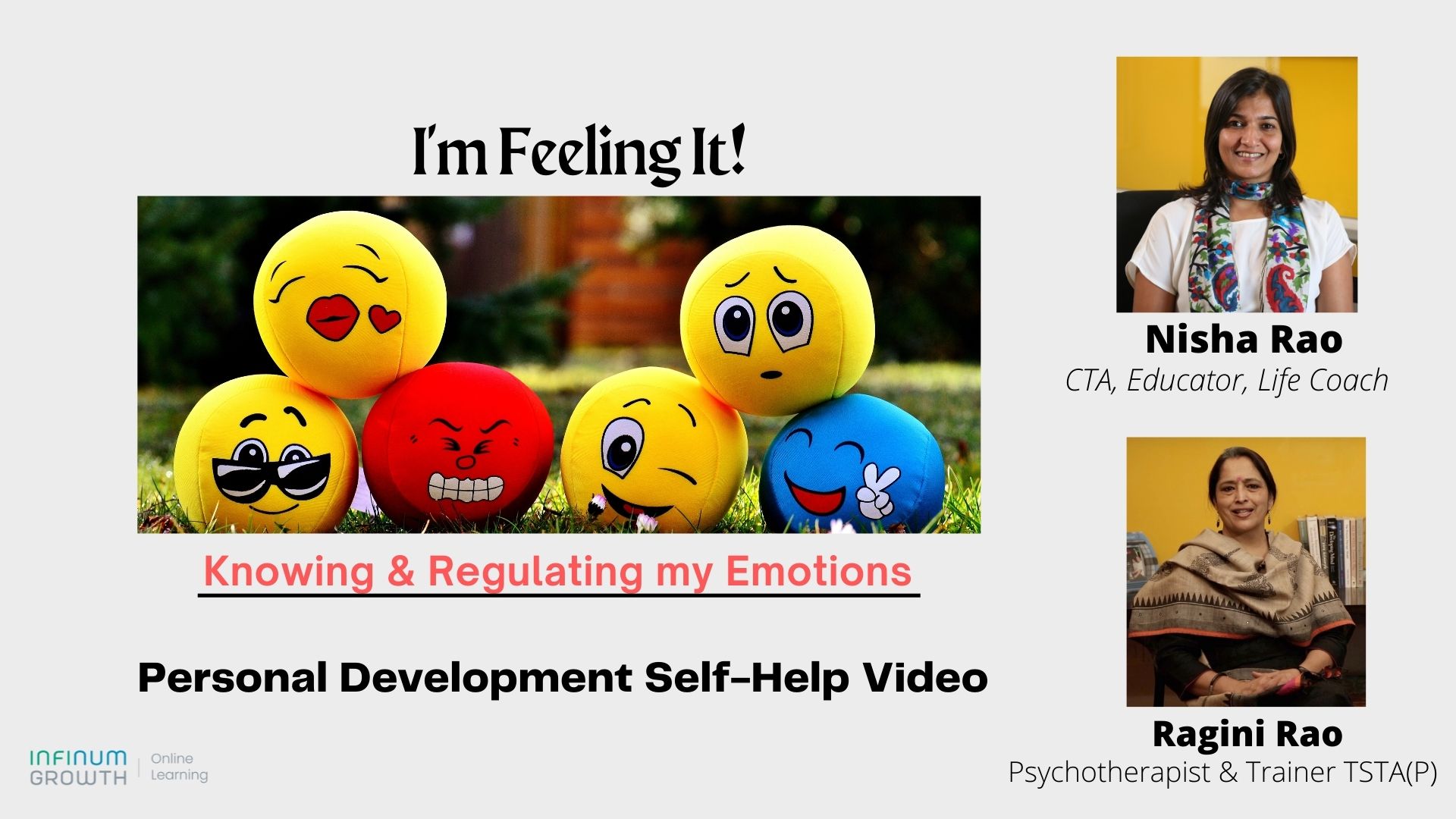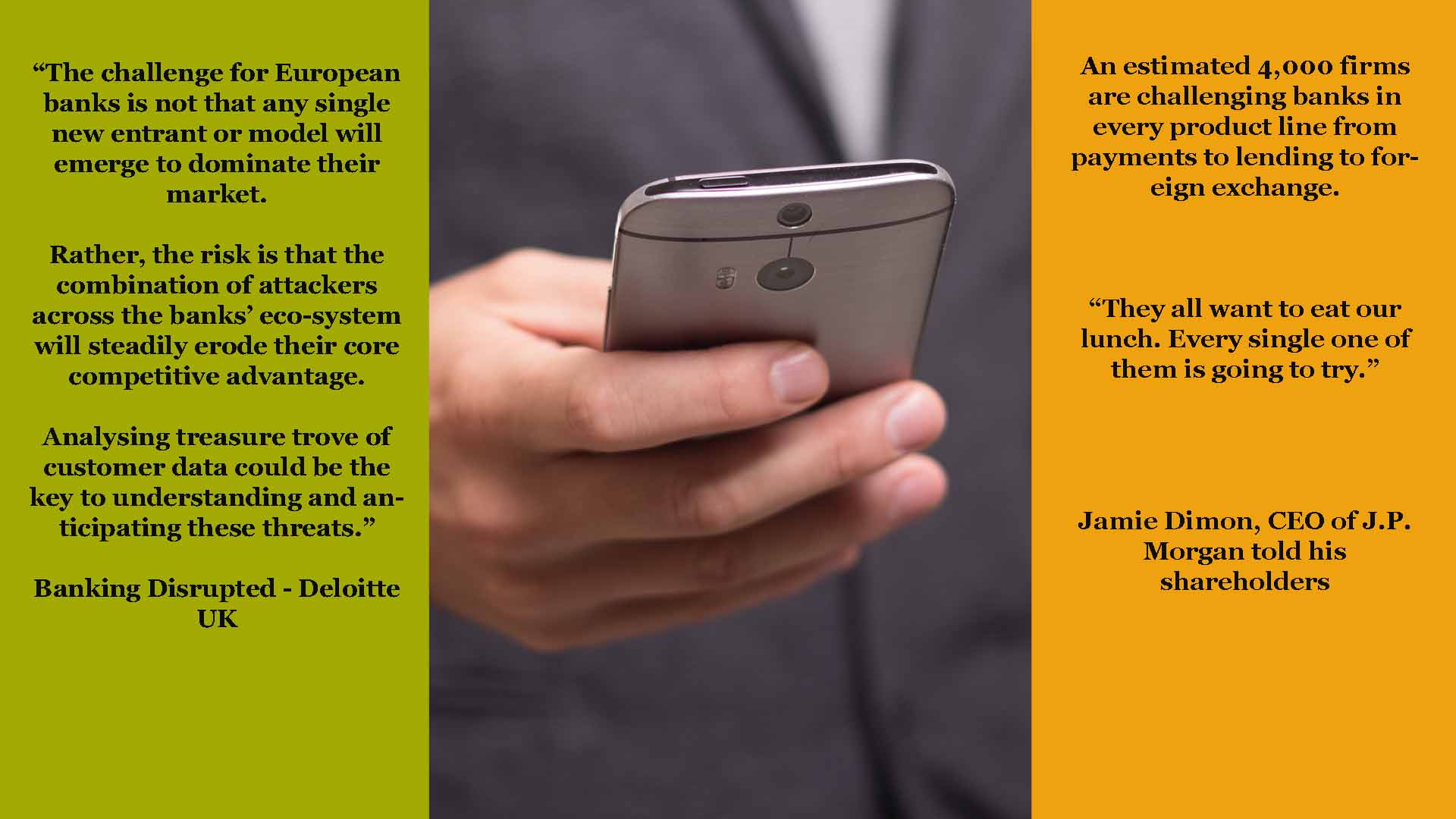Fifteen years back, I, along with some friends, ran a garment business under license from Walt Disney, making and selling knitted and woven garments for babies between 0 to 3 years age.
It was an exciting business and we saw it as a huge opportunity.
Disney was a multinational and probably the world’s most loved brand for kids.
We were a small business, run by “smart, experienced managers” with low operating costs.
Perfect setting – How could we ever go wrong in such a business, I thought?
Yet, within two years we were struggling; with serious cash flow issues.
The reality
Our product was becoming popular, season after season, due to some lovely designs and fabrics we were putting together; backed by a global brand name!
Our orders from large format national retailers were growing very fast.
All our distributors in the large metros were giving us growth.
But, we were cash strapped!
Our investment into the business was modest, solely from our own funds. (Those weren’t the days of generous startup investors)
Credit terms to large retailers in the market ranged from 60 to 90 days. Credit from vendors was not more than 30 days; in fact, we often had to pay on delivery.
So we were always hard pressed to pay vendors to get our next round of supply quickly, in a highly seasonal industry!
Eventually, we had to sell off the business to another company with deeper pockets, even though the market liked our products.
When I look back and analyse what happened, this is what I see
When we defined our strategy, we looked at “safe pricing’ – using price as that penetrative tool which would open up the markets very fast and give us quick volumes.
But we hadn’t factored adequately for
- Lack of enough working capital to pay for the fast growing purchases
- High credit periods in the market hitting cash flows
- Almost 30% inventory needing to be disposed off at discounts at the end of each season.
So the penetrative pricing that we had planned was a double-edged sword
- It was getting us market acceptance and orders at a faster pace
- But, it wasn’t giving us enough margins to cover for a quicker growth in our cash balances to meet the additional working capital needs.
A bad strategy for a bootstrapped business!
For a limited funds business, the lure of a low margin- high volume strategy leading to profits, is like the mirage in the desert; it disappears, as you start moving in that direction!
If instead, we had taken a premium pricing stance, we would probably have sold 30% lesser volumes, but would have made almost 150% higher gross margin per piece.
The lower volume would have reduced our buying needs while the higher margins would have built our cash buffers faster.
Hindsight, they say, is 6/6!!!
I have been reminded of this experience repeatedly over all these years since I have seen businesses, large and small, taking the same stance – low pricing to grab the market easily. This is mostly driven by the fear of a higher price not being accepted by the market.
In today’s startup era, with investors pushing entrepreneurs for a quick scale up to grab markets, it has just got worse.The entrepreneurs also get carried away by the euphoria of being a startup and defer some of the harder thinking to a later point, once the model is better understood.
What we do not realise is the big hole we dig into our pockets by delaying this hard-nosed thinking.
Even if backed by investors, it is a waste of money to just drain it out by underpricing your products, for the sake of the elusive “market grab”! The moment a competitor appears with another lucrative offer, the customer switches loyalty and the entire acquisition cost is a waste!
The investor money could be better used for product and infrastructure development or brand building.
An extreme case in point is the e-wallet industry
E-wallet brands, in order to build a name and presence in the urban middle class, went for aggressive communication spends and invented the concept of cash backs; the more cash stacked the brand (I don’t want to call them “cash rich”, since they didn’t earn the cash), the more they threw money.
But whether a sticky customer base got created or what the real net margins are, if any, is anybody’s guess.
The urban middle class has bank accounts, debit cards, credit cards and cash. With so many options, the e-wallet for payments is really just an added facility. The few months of cash crunch, post demonetisation, pushed up the demand; but the moment cash came back, many consumers moved back to cash payments.
Unless there is a compelling reason to switch, the consumer won’t change habits; and in absence of the compelling reason, brands will continue to throw incentives disproportionate to their revenues to keep transactions going.
No wonder that there is a scramble now amongst the e-wallet brands, to somehow consolidate and escape the imminent collapse some of them are facing.
The telecom wallets, on the other hand, have quietly but confidently built a user base in the lower economic strata, on the strength of their brand and distribution muscle.
They offered a service which the low-end consumer really needed – convenient money transfer facility. A service for which the consumer happily pays the price asked for. This customer will eventually move smoothly into the payments bank business of the Telco.
Product Propositions and Customer Behaviour
Customers pay a price based on how important the product or service is for them. The importance is based on either a strong functional differentiation or a strong emotional satisfaction such as a need to meet social or family belonging.As long as the product meets one or the other need, the consumer will pay the price asked for.
1.A product that meets a real functional need
Such products will be paid the price asked for (of course subject to affordability) after a close evaluation of its functional advantages. The telecom wallet for money transfer, is one such example. E-commerce home delivery, specially of groceries, is another good example of this category.
2.A product that is good-to-have and meets an emotional need
This category, which includes products such as a fashion product or an entertainment service, is evaluated purely based on availability of surplus cash to buy and the consumer meeting a social appraisal such as pressure from friends or family to join in or a status symbol. Price is not a criterion as long as the product qualifies. The Walt Disney kids garments mentioned above would fall in this category.
3.Products that are not meeting a functional or an emotional need
– These are the ones which need heavy discounting. They will be bought only if accompanied by freebies, cash backs or free trials. The e-wallets for the urban middle class currently fall in this category. The e-wallet needs to move into category 2 and create a social/emotional connect to gain acceptance in the urban middle class.
Which of the above categories does your product proposition fit into?
Here are some steps that could help build a sustainable business in each of the above categories
Category 1 – meeting a real functional need
- Go for a win-win pricing. Charge the best possible price to the extent that the consumer doesn’t turn away.
- Conduct small market tests to arrive at the right price level.
Category 2 – meeting an emotional need
- Segment the market and zero in on the best target segment based on social behaviour patterns.
- Ask for the best price but be ready with some sweeteners to induce purchase.
- Branding and presentation are key.
- Tie-ups with other brands addressing the same segment may be useful to get a rub off of their equity.
Category 3 – a new product – not meeting a major functional or emotional need
- Carefully identify specific use cases where consumers see the relevance and advantage of using your product.
- Do a cost+ price but keep in mind the value of the benefit derived by the consumer
- Focus on building a user base in that use case.Work with user groups and communities to build affinity.
- Expand the market geographically to address the same user segments in each market.
- Identify more compelling use cases by suitably modifying the product.
In each case, as can be seen, there is scope to definitely charge a profitable price provided sufficient work is done in defining the product positioning. A product that does not qualify in any of the above situations obviously is not worth marketing.
Please do leave your comments at the bottom and do share with others if you like this article.

















It is a great advise shared, Sir. Thanks a lot.